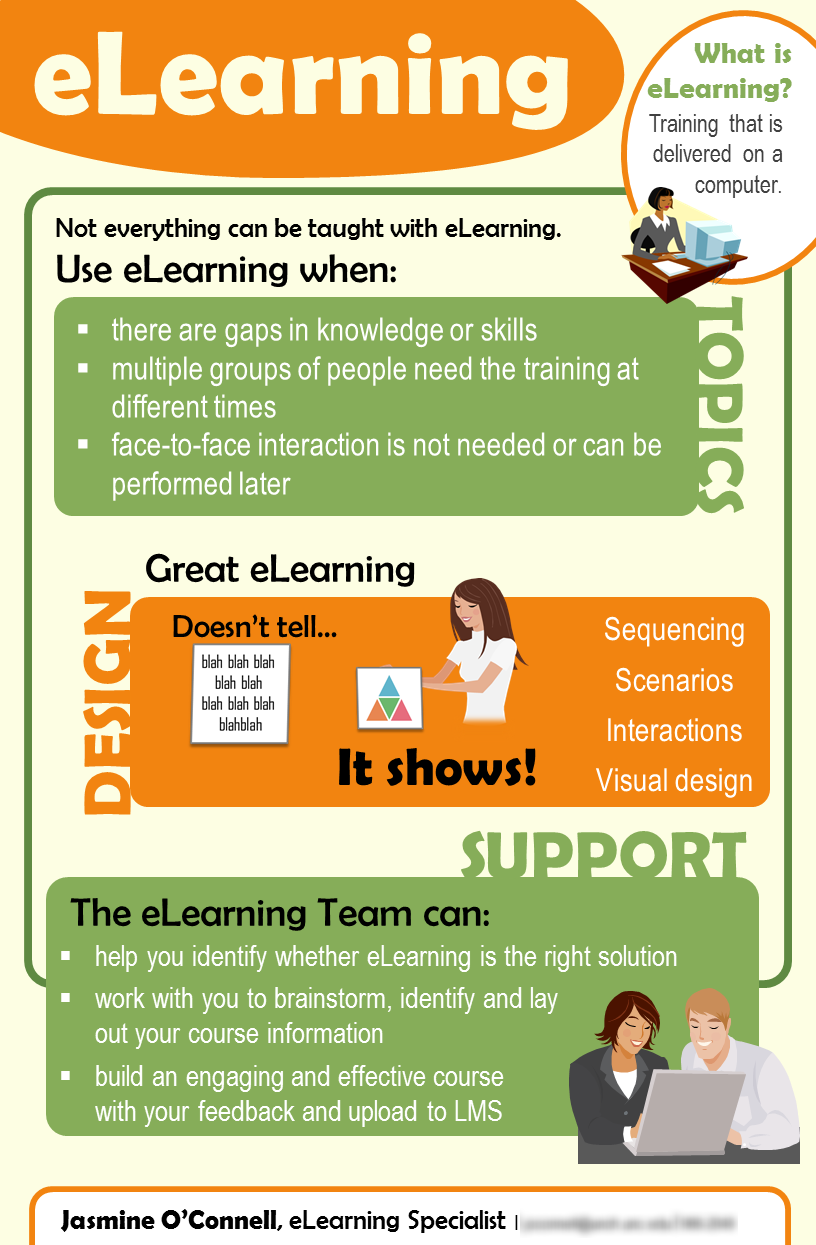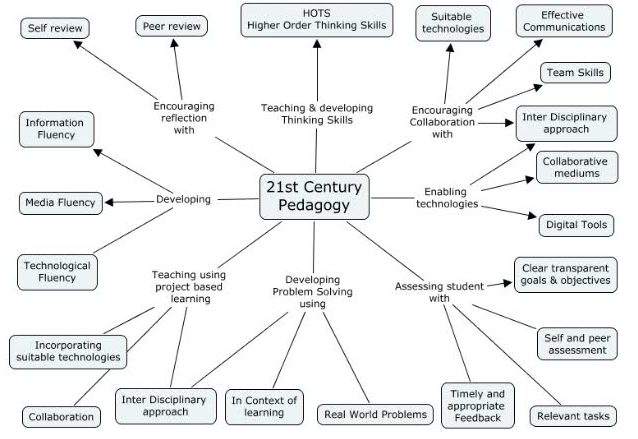elearning when
Top 11 E-Learning Infographics
http://graphs.net/e-learning-infographics.html

++++++++++++++++++
more on elearning in this IMS blog
https://blog.stcloudstate.edu/ims?s=elearning
Digital Literacy for St. Cloud State University
http://graphs.net/e-learning-infographics.html

++++++++++++++++++
more on elearning in this IMS blog
https://blog.stcloudstate.edu/ims?s=elearning
http://www.educatorstechnology.com/2014/12/11-effective-ways-to-use-twitter-in.html

++++++++++++++++++
more for the use of Twitter for education in this IMS blog
http://www.educatorstechnology.com/2013/03/awesome-graphic-on-21st-century-pedagogy.html

+++++++++++++++
more on modern pedagogy
https://blog.stcloudstate.edu/ims?s=pedagogy
++++++++++++++++++
more on augmented reality (AR) in education in this blog:
https://blog.stcloudstate.edu/ims?s=augmented+reality

+++++++++++++++++++
more on copyright and fair use in this IMS blog
https://blog.stcloudstate.edu/ims?s=copyright
Question:
develop anonymous mid-course student evaluations allowing students to reflect on course and progress and informing instructor about what is working or not in the course.
Answers:
– what is working well for you in the course?
– what is not working well for you in the course?
++++++++++++++++++
Katie Linder Research Director Extended Campus, Oregon State University 4943 The Valley Library Corvallis, Oregon 97331 Phone 541-737-4629 | Fax 541-737-2734 Email: kathryn.linder@oregonstate.edu
++++++++++++++++
At the University of Illinois, we have been using Informal Early Feedback as a way to gauge information from our students to help improve the courses before the end. Here are a couple of links to our site. The first is the main page on what IEF is and the second is the question bank we offer to faculty. This is a starting point for them, then we meet with those who want to work on tweaking them for their specific needs.
* About IEF: https://citl.illinois.edu/citl-101/measurement-evaluation/teaching-evaluation/ief
* Question Bank: https://citl.illinois.edu/citl-101/measurement-evaluation/teaching-evaluation/ief/ief-question-bank
If you have any questions at all, don’t hesitate to ask.
Sol Roberts-Lieb Associate Director, Center for Innovation in Teaching and Learning Pedagogy Strategy Team and Industry Liaison UNIVERSITY OF ILLINOIS AT URBANA-CHAMPAIGN
++++++++++++++++++
more on student evaluations in this IMS blog:
https://blog.stcloudstate.edu/ims?s=student+evaluation
I head an instructional design unit and we’ve been noticing that instructors with no experience in online teaching seem to struggle to teach in a blended environment. They get easily confused about 1) how to decide what content is best suited for in class and what goes online and 2) they also have difficulty bridging the two modalities to create a seamless and rich learning environment.
Rema Nilakanta, Ph.D., Director of Design and Delivery Engineering-LAS Online Learning 1328 Howe Hall 537 Bissell Rd P 515-294-9259 F 515-294-6184 W http://www.elo.iastate.edu
Oregon State University has a hybrid course design program that is a partnership between OSU’s Ecampus and our Center for Teaching and Learning. You can find quite a few resources here: http://ctl.oregonstate.edu/hybrid-learning
Shannon Riggs Director, Course Development and Training Oregon State University Ecampus 4943 Valley Library Corvallis, OR 97331-4504 541.737.2613
+++++++++++++++++
http://onlinelearningconsortium.org/consult/olc-quality-scorecard-blended-learning-programs/
Jennifer Mathes, Ph.D. Director of Strategic Partnerships Online Learning Consortium Office: (781) 583-7571 Mobile: (913) 226-4977 Email: jennifer.mathes@onlinelearning-c.org Website: http://www.onlinelearning-c.org Skype: mathes.olc
+++++++++++++++
You might find my recent book The Blended Course Design Workbook: A Practical Guide to be a helpful resource. Each chapter has a literature review of the relevant research as well as activities to guide faculty through the various components of blended course design. You can read the first chapter on the fundamentals of blended teaching and learning at the publisher website. The book also has a companion website with additional resources here: http://www.bcdworkbook.com.
Katie Linder Research Director Extended Campus, Oregon State University 4943 The Valley Library Corvallis, Oregon 97331 Phone 541-737-4629 | Fax 541-737-2734 Email: kathryn.linder@oregonstate.edu Twitter: @ECResearchUnit & @RIA_podcast Check out the Research in Action podcast: ecampus.oregonstate.edu/podcast
+++++++++++
more on blended learning in this IMS blog:
https://blog.stcloudstate.edu/ims?s=blended+learning
http://nymag.com/scienceofus/2016/11/yes-quitting-facebook-may-make-you-happier.html
Published in Cyberpsychology, Behavior, and Social Networking and highlighted by the canny and pseudonymous Neuroskeptic, Danish researcher Morten Tromholt recruited 1,095 participants (by way of Facebook, naturally) and put them into two groups. One pledged to not sign onto the social network for a full week (87 percent made it) and a control group used the platform the same way as they always did.
++++++++++++++++++++++
more on mindfulness, contemplative practices, contemplative computing, disconnect in this IMS blog
https://blog.stcloudstate.edu/ims?s=contemplative+
http://ed.ted.com/lessons/why-good-leaders-make-you-feel-safe-simon-sinek
trust and cooperation are “feeling,” not “instruction”
+++++++++++++++++++++++++
more on leadership in this IMS blog:
https://blog.stcloudstate.edu/ims?s=leadership
http://www.freetech4teachers.com/2016/11/how-to-use-whiteboard-in-google-hangouts.html
++++++++++++++++++++++
More on Google Hangouts in this IMS blog